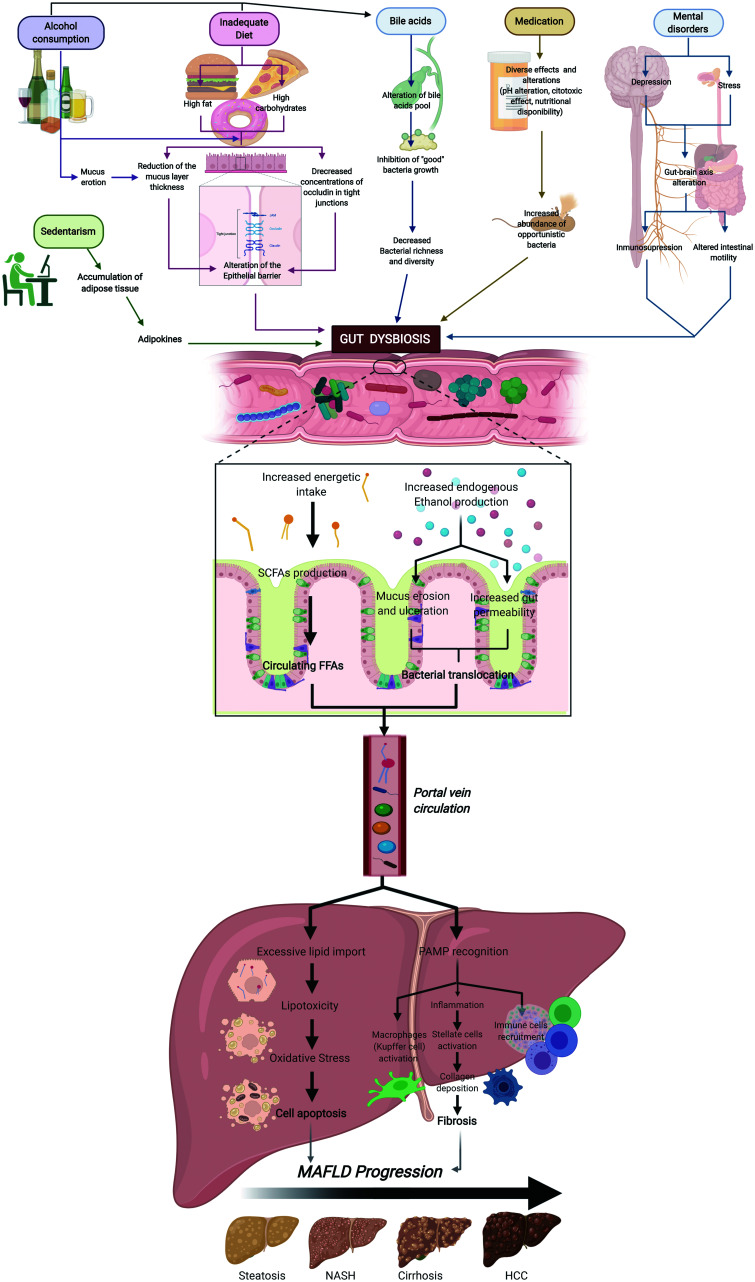Fig. 1. Factors that promote gut dysbiosis and its effect on MAFLD.
Factors such as alcohol consumption, sedentarism, inadequate diet, medication and mental disorders may lead, through diverse mechanisms, to the onset of gut dysbiosis. Alteration of the normal gut bacteria conformation enhances the energetic intake through SCFA production; this excessive energy is then converted into FFAs through anabolism in the enterocytes. At the same time, ethanol-producing bacteria increase the endogenous levels of this metabolite, which then induces mucus erosion and increases gut permeability, leading to bacterial translocation. The transport of bacteria, related antigens, and FFAs to the liver through the portal vein generates lipotoxicity in the hepatocytes, with inflammation occurring because of PAMP recognition, and ultimately immune cell recruitment. All the mechanisms mentioned favor cell apoptosis and fibrosis, and hence MAFLD severity progression. Abbreviations: FFA, free fatty acids; NASH, nonalcoholic steatohepatitis; PAMPs, pathogen-associated molecular patterns.

